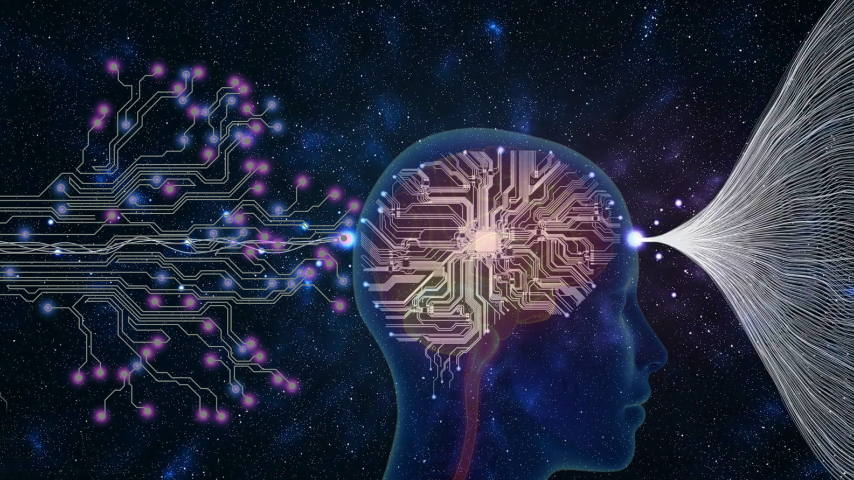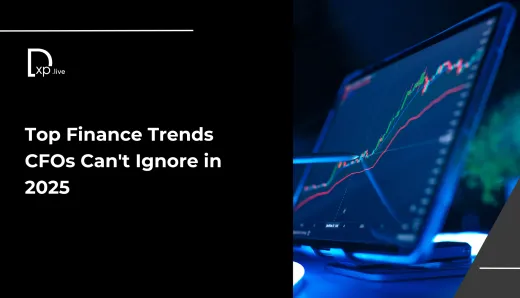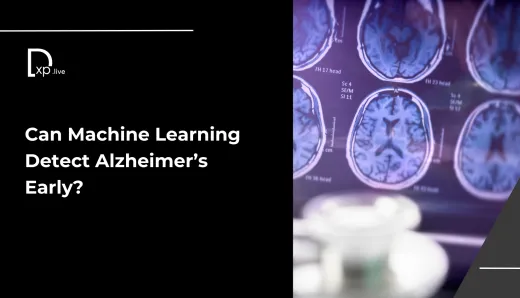The Robots Are Coming… But They’re Bringing Opportunity, Not Apocalypse!

Remember the sci-fi thrillers where robots take over the world? Cold, calculating machines replacing humans at every turn, seizing control of our cities, jobs, and, well, our lives? Hollywood sure knows how to keep us on the edge of our seats with those terrifying depictions of dystopian futures. But in reality, the robots that are coming aren’t here to take over—they’re bringing opportunities. And if we’re smart, we’ll be riding this wave instead of fearing it.
What we're witnessing today isn’t the doomsday of jobs or human relevance; it’s the dawn of a new era of possibility. The agent of this transformation? Generative AI. You’ve heard of it already. If you've used ChatGPT, played around with Google’s Gemini, or even seen some of the AI-powered art that’s trending on your social feed, you’ve interacted with generative AI in ways that were unimaginable just a few years ago.
Generative AI isn’t just another tech fad destined to fade. It's the powerhouse behind some of the most innovative tools in every industry today, and it's about to become a $1.3 trillion market by 2032. That's bigger than the combined annual revenues of Apple, Amazon, and Microsoft! Think about that for a second. We're talking about the potential to reshape the very fabric of our world—and this time, it’s not fiction, it’s fact.
But here’s the kicker: this isn’t a threat, it’s an opportunity.
The Generative AI Gold Rush: How Did We Get Here?
Let’s zoom out for a bit. AI has been evolving for decades. We’ve had machine learning models that can predict our next move or recommend us products. But generative AI is a different beast altogether. Instead of merely analyzing data and offering insights, it creates. Text, images, music, code—you name it. Generative AI produces it. And it’s doing this at a pace so rapid, industries are scrambling to adapt, optimize, and capitalize on these capabilities.
While sci-fi told us that robots would be our overlords, the reality is far more collaborative. Think about it: You might have used AI to draft an email, whip up some marketing copy, or even generate complex code snippets that would have taken hours to write. AI is speeding things up, giving us more time to do what humans do best—think critically, innovate, and explore new creative avenues. Robots are helping, not replacing.
But it’s easy to get swept up in the hype. The fear-mongers among us might look at AI’s rapid growth and assume the worst: that jobs will disappear, human creativity will be sidelined, and machines will take over everything. Let me be the first to tell you: that’s not what’s happening. Instead, the rise of AI is paving the way for more opportunities—especially for those willing to adapt, learn, and take advantage of what this new technology offers.
Why Generative AI Is Actually Your Best Friend
Let’s take a moment to address the elephant in the room: the fear of automation. Whenever new technology arises, there’s always anxiety about job loss. That’s understandable—after all, we saw what happened during the Industrial Revolution. But here’s the twist: every major technological shift has led to more jobs and different jobs. Sure, some positions were phased out, but entirely new industries and opportunities were born in their place.
With generative AI, it’s the same story. Instead of automating everything and replacing human roles, AI is enhancing them. It’s giving professionals in fields like healthcare, finance, law, and media the tools they need to do their jobs faster, smarter, and more effectively. Imagine being a journalist who can churn out a first draft in seconds, a doctor who has instant access to patient histories and symptom predictions, or a designer who can quickly prototype ideas without needing a full team.
AI is giving us the ultimate collaborative partner—one that doesn’t tire, doesn’t make mistakes (well, not as many), and can process information in milliseconds. You’re no longer limited by time, effort, or resources. With AI by your side, you can focus on the bigger picture.
And the best part? The world needs people who understand how to leverage AI. That’s where the real opportunities lie. Industries need professionals who can work with AI, harnessing its power to solve problems and innovate in ways we haven’t even imagined yet.
The Step-by-Step Roadmap to Mastering AI Skills
So, how do you take advantage of this $1.3 trillion opportunity? It’s simple: learn the skills.
We’re standing at the edge of the next great tech frontier, and those who master the tools of this new era are going to be the pioneers. Thankfully, you don’t need a PhD in computer science to get there. Learning to work with AI can be as simple as starting with tools you already know, like ChatGPT or Google’s Bard. From there, you can dive deeper—exploring how AI models are built, how data is processed, and how machine learning can transform your industry.
Here’s a quick roadmap to get you started:
- Familiarize Yourself with Generative AI Tools: Start with the basics. If you haven’t already, spend some time with AI writing assistants like ChatGPT or image generators like DALL·E. Play around, test their limits, and get a feel for what they can do.
- Understand the Fundamentals: AI isn’t magic—it’s data science. Take a course or two to understand how models like GPT-4 work. Coursera, edX, and Udacity all offer excellent introductory classes on AI and machine learning.
- Learn to Work With Data: Generative AI thrives on data, so the more you know about data processing, the better. Learning SQL, Python, or even basic statistics will go a long way in helping you work effectively with AI.
- Experiment and Innovate: Start applying AI to your work. Whether you’re in marketing, design, healthcare, or finance, there’s always a way to integrate AI. Get creative—think about how you can automate mundane tasks, analyze vast datasets, or generate new ideas using AI.
- Stay Updated: The AI landscape is evolving fast. Make sure you’re staying on top of the latest developments by following experts, reading papers, and participating in online forums or communities.
The Future Is Collaborative, Not Competitive
Generative AI isn’t about replacing humans—it’s about amplifying our capabilities. We’ve been handed a set of tools that can help us push boundaries, break through creative roadblocks, and solve problems that were once too complex to handle.
But this revolution isn’t just about tech companies or software engineers. It’s for anyone willing to embrace the change and learn new skills. The real winners of the AI age won’t be the robots—they’ll be the humans who know how to work with the robots.
So, don’t worry about the machines taking over. Instead, focus on how you can be a part of this exciting new era. The robots are coming, and they’re bringing opportunity with them. Will you be ready to seize it?
In the end, the future isn’t about machines versus humans. It’s about humans and machines working together, creating possibilities that were once reserved for science fiction. So, buckle up—the AI revolution is just getting started, and the best part is, there’s room for everyone.




